System Mart and Reliable Controls: 15 years of purposeful partnership
System Mart doesn’t just implement Reliable Controls solutions. It embodies our values of reliability, trust, and long-term commitment. Learn more.





After its first decade in the building automation industry, Reliable Controls was ready to begin developing a new, second-generation system. The next-generation system included many expanded technical capabilities yet remained backward compatible with its predecessor. With the excitement of a new system of products came the need to develop new marketing materials to communicate the value proposition of the system to a larger, global audience of users and Authorized Dealers. Those in the marketing department at that time had a pretty good idea of why customers preferred Reliable Controls products, but to minimize risk, the company retained a freelance marketing consultant to interview a dozen users and Authorized Dealers in Western Canada. Once the team had listened to the interviews and read the transcriptions, it was easy to identify the key benefits of the Reliable Controls system.
The number-one benefit the interviewees spoke of was simplicity. Users really appreciated that the hardware products were simple to install, service, and expand. The controllers shipped with removable connectors that made it easy to wire the input and output devices and to connect power and network wiring. If the controller needed to be repaired or replaced, the removable connectors made it easy to swap out the board. Proportional status LEDs on the inputs and outputs made it easy to visually identify the state of the connected devices. The Hand/Off/Auto switches on the output terminals made it easy to command and override outputs. The software, too, was very easy to learn, so much so that senior facility operators felt comfortable teaching junior operators how to use it, and in short order, the junior operators were competent to manage the building systems on their own.
The number-two benefit that popped out was flexibility. Authorized Dealers appreciated that there was only a half-dozen types of controllers, not dozens of controller types. And with those few controllers they could practically engineer any controls solution at scale. The universal inputs and universal outputs of the controllers meant dealers could easily integrate virtually any application. The freely programmable structure of the control language meant dealers could write, edit, and apply any sequence of operation. Users appreciated the expansion capability of the controllers and network architecture. They could start small with just one building, then expand the network to include many.
Both users and Authorized Dealers appreciated the economics of the hardware and software products. Reliable Controls provided good value for the dollar compared to other vendors. Additionally, the hardware products included a 5-year warranty, and Reliable Controls provided (and still provides) economical repairs for the life of the controller, even long after the warranties expired.
With the customer benefits in hand, it was straightforward for the nascent marketing team to conclude the Reliable Controls product hallmarks to be simple, flexible, and economical. As data security, hazardous waste, and lifecycle costs emerged as growing customer concerns, the third hallmark, economical, was naturally amalgamated with today’s triple-bottom-line business approach and rephrased as sustainable. There you have it. Simple, flexible, and sustainable. The three hallmarks that permeate the Reliable Controls better-by-design approach to building automation systems, creating lasting value in the built environment for generations to come.
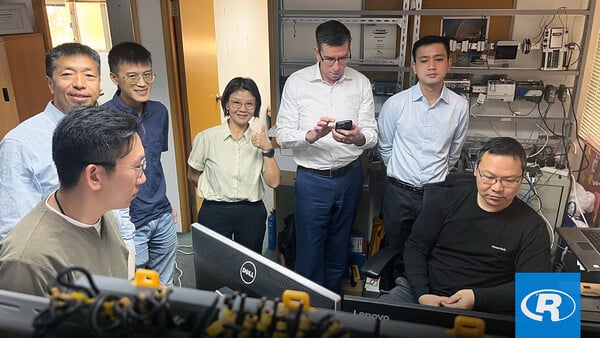
System Mart doesn’t just implement Reliable Controls solutions. It embodies our values of reliability, trust, and long-term commitment. Learn more.
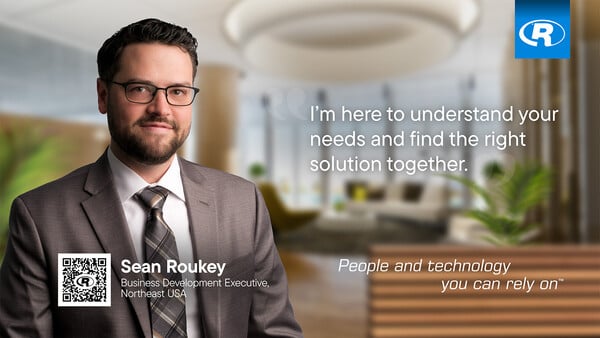
How does Business Development Executive Sean Roukey help our dealers grow and succeed?
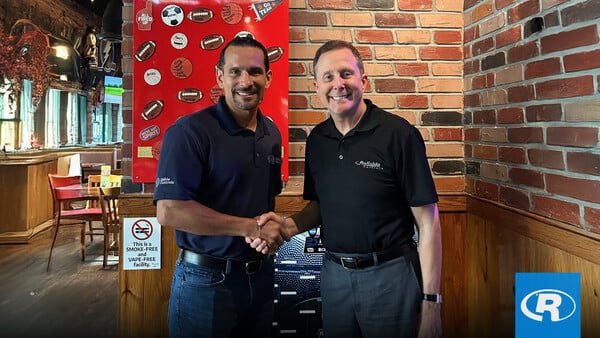
Discover how Liable Controls is bringing relationship-first building automation to South Florida as a new Authorized Dealer.
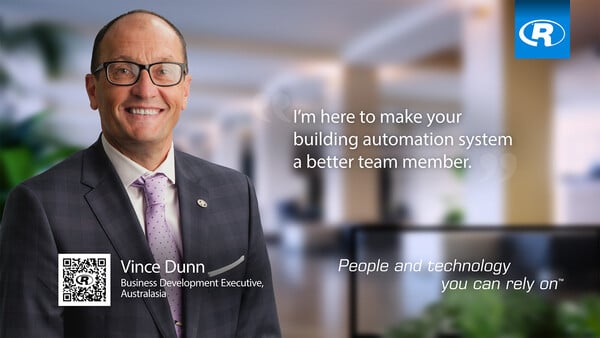
What drives our new Business Development Executive for Australasia to make a difference in the world?
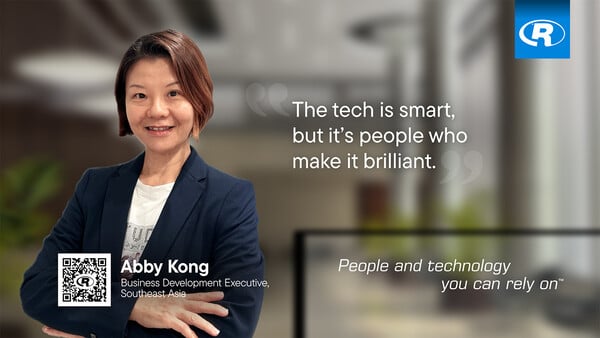
Get to know Abby Kong, Business Development Executive for Southeast Asia.
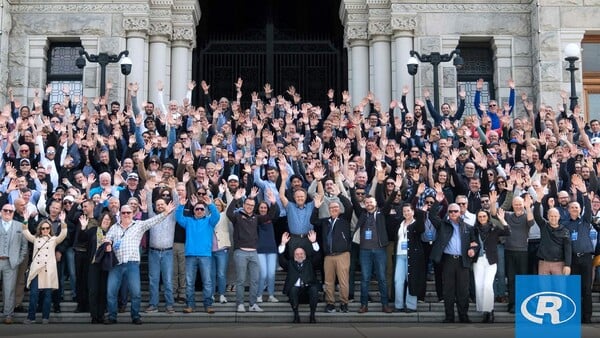
Find out why we’re the right partner to help you meet your goals.
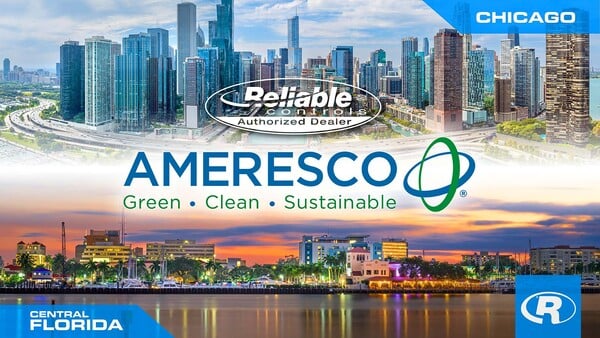
With Ameresco in Chicago and Central Florida joining our dealer network, we’re expanding our ability to deliver simple, flexible, sustainable solutions to customers in Illinois and Florida.
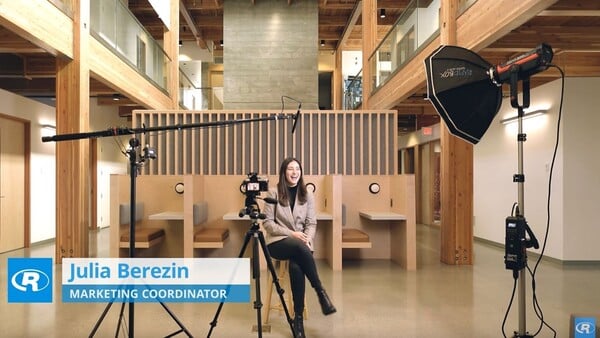
Interested to learn what Reliable Controls looks like for co-op students?